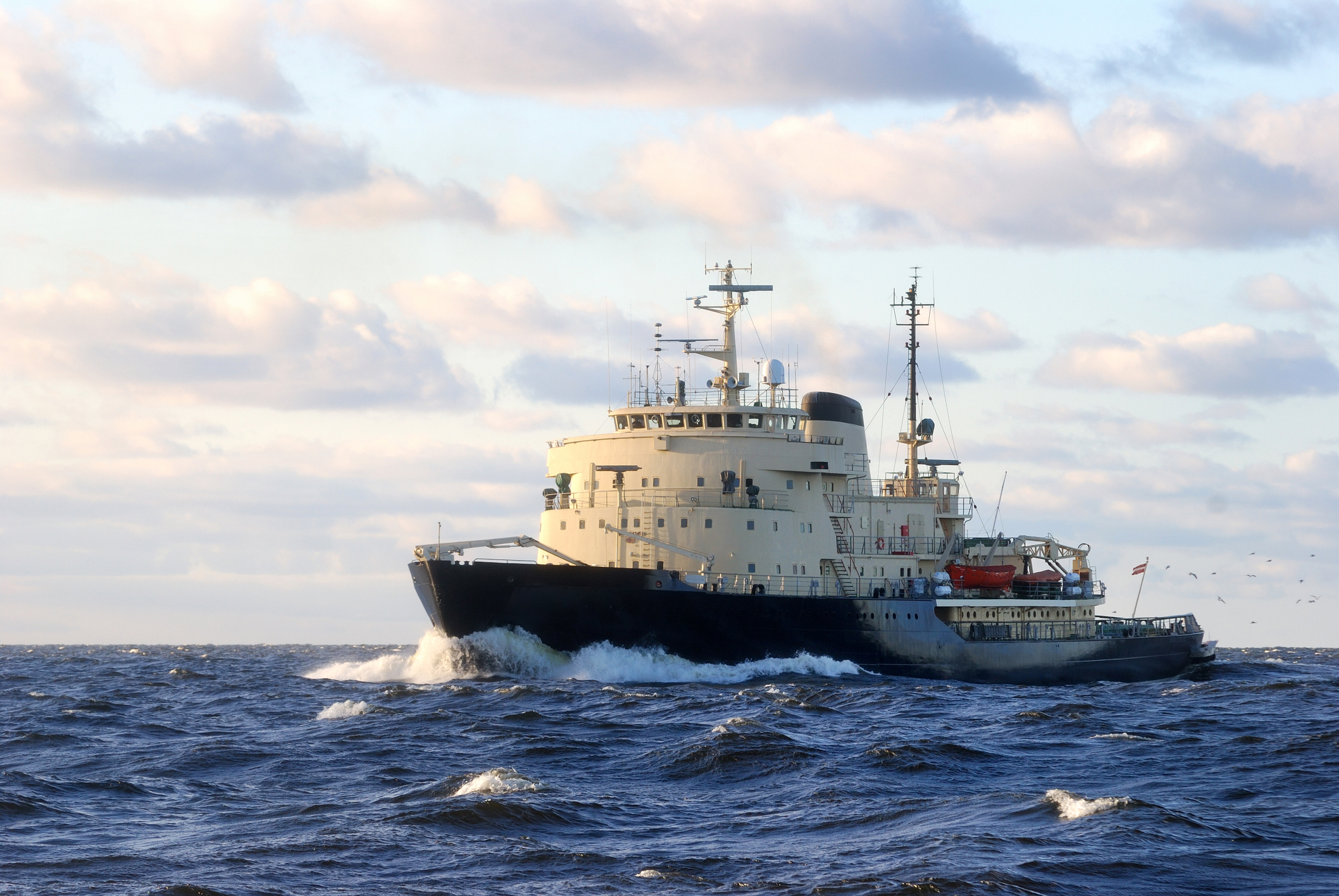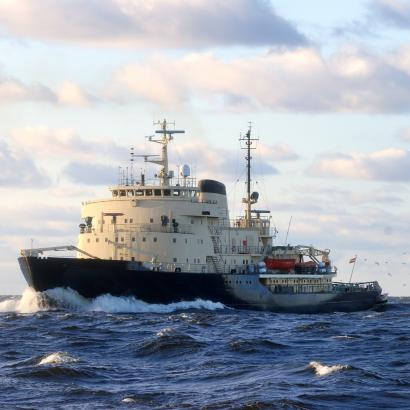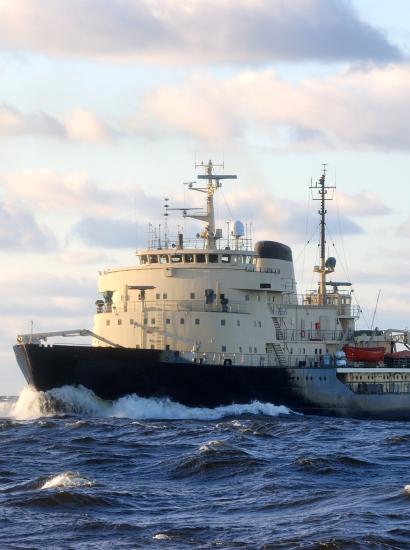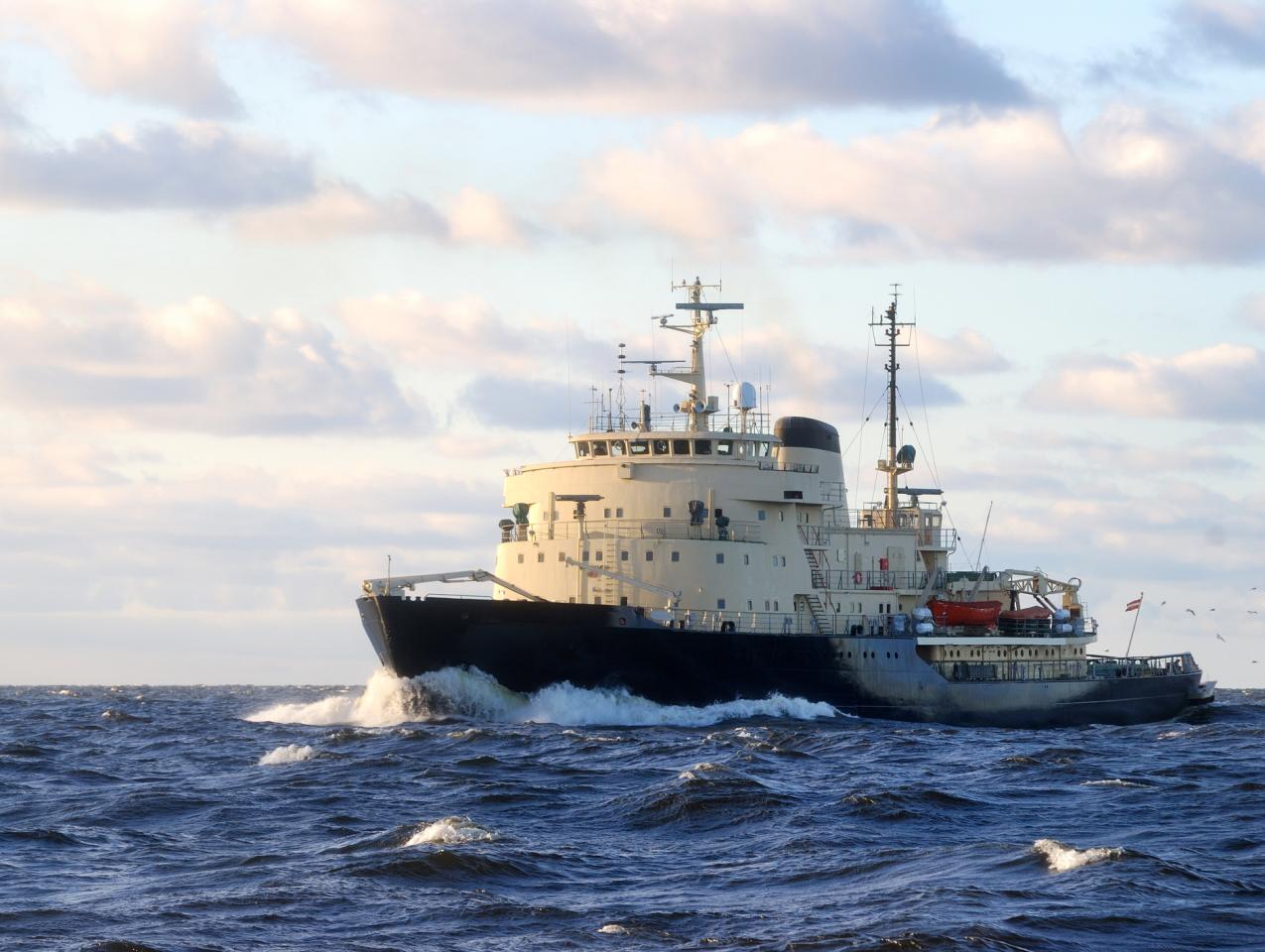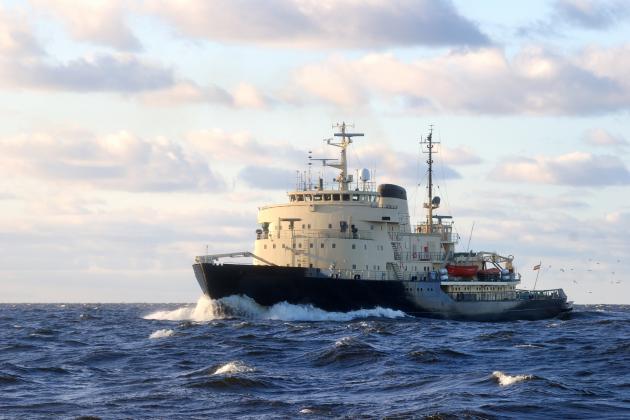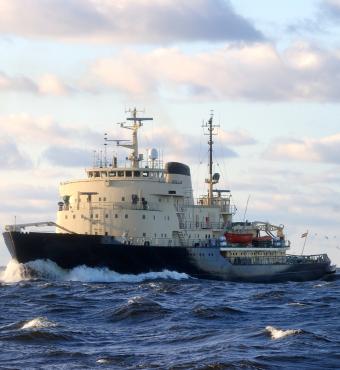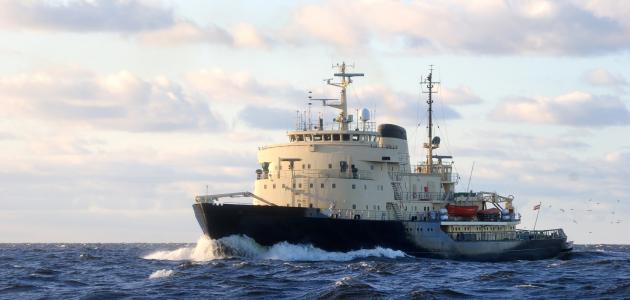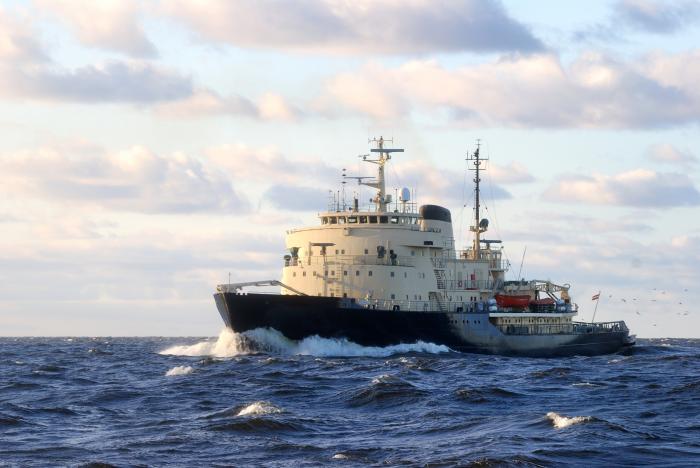- Europe
- Security & Defense
- Russia
- International Affairs
- Determining America's Role in the World
No matter how the Ukrainian war ends—win, lose, or draw—for the contenders, another political and military hotspot is likely to erupt in the Baltic Sea and nearby Arctic Ocean. Even a change in the Russian Federation’s leadership from Vladimir Putin to another dictator is unlikely to spare the Far North from conflict. Territorial annexation lies deep within Russia’s DNA. Since Peter the Great (1672–1725) won significant victories against Sweden and Turkey, Russian rulers have annexed immense tracts of land to become the world’s largest country in area.
Moreover, Moscow has already begun to test the mettle of its Baltic and Arctic neighbors. All the while, Putin’s Russia spends more on its military power than the twenty-seven members of the European Union, according to EU officials.
Northern exposure
The Kremlin has its eye on the Baltic and Arctic seas after the Ukraine war winds down. These frontiers hold an abundance of mineral wealth and strategic value to the power that presides over them. The Arctic is rich in iron ore, bauxite, copper, nickel, and rare-earth elements, which are vital for computers, mobile phones, and many advanced weapons. Geostrategically, Arctic dominance allows for control of the northern sea route that provides a shorter passage between Europe and the Asia-Pacific region, slashing fuel and time.
The greater Arctic region holds another prize: Greenland. Along with its storehouse of minerals, the world’s largest island is of prime strategic importance to Russia, and the United States as well, for its location. It is a gateway for the Russian Federation’s commercial and military vessels to the larger Atlantic and Western Europe for trade and transport of Russian natural gas and other exports.
For the United States, Greenland, an autonomous territory under Danish control, looks vulnerable to Russian dominance and seems ideal as a missile-defense base to protect the American mainland. Greenland is under consideration by the Pentagon for a role in its proposed “Golden Dome,” a multi-layered defense system to detect and destroy incoming ballistic missiles and other projectiles before they reach the United States. The Golden Dome envisions a network of satellites, sensors, and space-based interceptors. As such, it is a key structure in the American defense against nuclear missiles from Russia or China. Thus, convergence of critical natural resources, paramount missile defenses, and paradigm-shifting ocean routes makes Greenland hot real estate for Washington and its rivals.
Following up on President Trump’s ambition to acquire or control the island, the Pentagon has recently transferred the oversight of Greenland from its European Command to the US Northern Command to reinforce US interests in the Arctic. Greenland will play an integral role in America’s homeland security by working with the North American Aerospace Defense Command (NORAD) to defeat aerial threats to the United States.
The Great Game on ice
The Baltic-Arctic arena recalls the international rivalries seen in the “Great Game” that played out in the struggle for primacy in Afghanistan, pitting Russia against the British Empire during the late nineteenth and early twentieth centuries.
Yet, yesteryear’s imperial standoff among great powers has less in common with today’s geopolitical rivalries than does the world of 1984. George Orwell’s famous book divided the globe into three warring super-regions: Eurasia, Eastasia, and Oceania. Each dystopian superstate was inward-looking, drably nationalistic, and protectionist in trade matters that contributed to perpetual regional wars among the three. Similarly, contemporary China and Russia have turned to Orwellian techniques to suppress dissent and foment ersatz patriotism.
Today’s America and its global competitors seek to marshal their populations for military, commercial, and innovative advantages as they jockey for global hegemony.
In this international arena where iron sharpens iron, the megapowers vie for every advantage in commerce, technology, and artificial intelligence.
A cold world
Russia has turned to underhanded tactics in opening a new front against the United States and its NATO allies in the northern latitudes. Moscow is resorting to sabotage, stealth, propaganda, and violence below the threshold of overt warfare. Note that earlier, during its invasion of Crimea in 2014, Moscow deployed anonymous Russian soldiers, nicknamed “little green men,” who wore unmarked uniforms in the course of seizing the Black Sea peninsula from Ukraine. This clumsy subterfuge fooled no one, but Russian leader Vladimir Putin persisted in it anyway.
The Russian Federation’s ongoing military operations in the Baltic basin and the Arctic area also fool few observers as they threaten the peace without provoking war. For instance, Russian military aircraft have committed numerous airspace violations by crossing into Nordic skies. The airspace violations are joined by even bolder ground and sea provocations.
Putin’s use of ocean-based hybrid tactics in the Arctic was first apparent just weeks before the Russian military invasion of Ukraine in February 2022. Svalbard, the archipelago between the North Pole and mainland Norway, experienced a mysterious cable-cutting incident. Two undersea fiber-optic data cables were severed. Buried about two meters into the seabed, the cables carried large amounts of information between Svalbard and the Norwegian mainland. Painstaking Norwegian and NATO examinations ruled out natural causes. An independent investigative team concluded that the perpetrator was a Russian-flagged commercial fishing trawler.
A much more serious sabotage operation unfolded in the Baltic Sea seven months after the start of the Ukrainian war in early 2022. In September, a subsea explosion produced a bubbling vortex of methane gas shooting up to the surface in the western Baltic. The attack within Nord Stream 1 and Nord Stream 2—pipelines carrying gas from Russia to Germany and majority-owned by the Russian energy giant Gazprom—spewed methane through three ruptures in the four pipelines. The damaged natural gas conduits riveted world attention on the assault and created speculation about the identity of the saboteurs.
The Kremlin tried to blame the Nord Stream attack on Ukraine, spreading speculation that Ukrainian commandos had cruised to the target site in a rented sailboat. Another Russian accusation, that the US military had operated alongside Norway to sabotage the pipelines, convinced no one. The cause of the sabotage remains officially undetermined.
Russian skulduggery was again suspected when a Chinese ship, the Yi Peng 3, carried out political vandalism by dragging its anchor across the Baltic seabed for more than a hundred miles, cutting the internet cables and the gas and electricity pipelines linking Germany, Finland, Sweden, and Lithuania. European investigators believe that the 225-meter vessel, loaded with Russian fertilizer, committed the sabotage during November 17 and 18, 2024. The ship then steamed away. Investigators concluded that there was direct collaboration between the Chinese captain and Russian intelligence operatives. This partnership was emblematic of tighter Sino-Russian cooperation over the past decade, ever since Xi Jinping took the reins of power in 2012.
The Kremlin’s hybrid sea warfare damaged at least eleven undersea cables for communications or energy transmission over a fifteen-month period before NATO issued its findings about Moscow’s damage in May 2025.
In response to Russian-backed sabotage, NATO has conducted wargames among its navies, sea patrols, and military flights to deter Moscow from further shadow aggression and clandestine dirty tricks beneath the seaways. US and NATO forces also have staged ground training exercises in coastal areas of Sweden and Finland to defend the shorelines. The United States and Finland recently held an Arctic war game, employing hundreds of troops from the two countries.
Old frontiers are new again
In addition to seaborne threats, the Kremlin has hatched provocations along the Russo-Finnish border. The Russian Federation beefed up its military infrastructure and bolstered its troops along the 830-mile border with Finland, which recently joined NATO alongside Sweden. Recent satellite imagery revealed that Moscow had set up tents, constructed warehouses, and refurbished storage facilities for vehicles in extreme weather.
Nevertheless, Finnish officials reportedly think that Russian forces would not be ready for large-scale combat until several years after the Russo-Ukrainian war subsides. In the meantime, Russia can rely on asymmetric warfare and agitprop to unnerve the Finns, whose long, adversarial relationship with their warlike neighbor has inured them to the Kremlin’s propaganda and provocations.
Almost a year ago, the Finnish parliament permitted border guards to halt asylum seekers from crossing the border from Russia. The government in Helsinki accused Russia of sending in displaced populations from Syria, Somalia, and other convulsed countries. Because the newcomers lack employable skills or familiarity with the language, climate, or culture, Russian actions appear to be an effort to weaponize the refugee flow to disconcert the Finns.
In the wake of the Ukrainian invasion and enflamed Russian nationalism, the Baltic basin has resumed its historic role as contested space between Russia and its neighbors. What is different is the new role of the Arctic Ocean in the world’s strategic calculations. For now, the Russian Federation has adopted a short-of-war strategy requiring the United States and NATO to respond to an evolving campaign against hybrid tactics while preparing to wage future large-scale military operations in the Baltic Sea and the Arctic arena.







